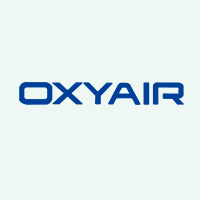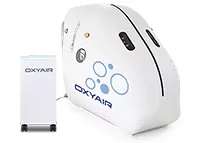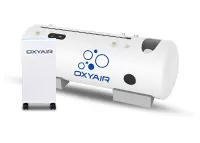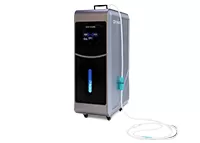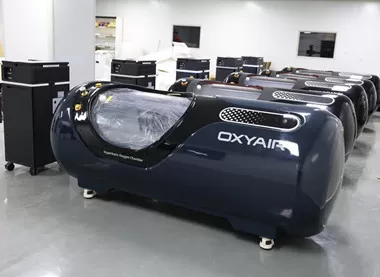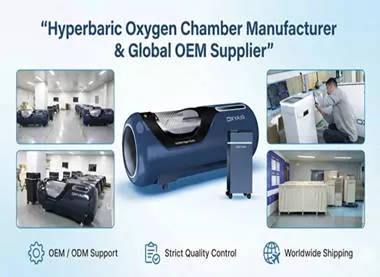Which Stages of COPD Require Medical Oxygen?
Since shortness of breath is the main symptom of most chronic obstructive pulmonary disease (COPD) patients, oxygen is often used as a treatment for COPD. However, it is not always clear for newly diagnosed patients whether medical oxygen therapy is required or at which stage of COPD it may be administered. Let's find out when pulmonologists decide to supplement oxygen for COPD patients.
What are the stages of COPD?
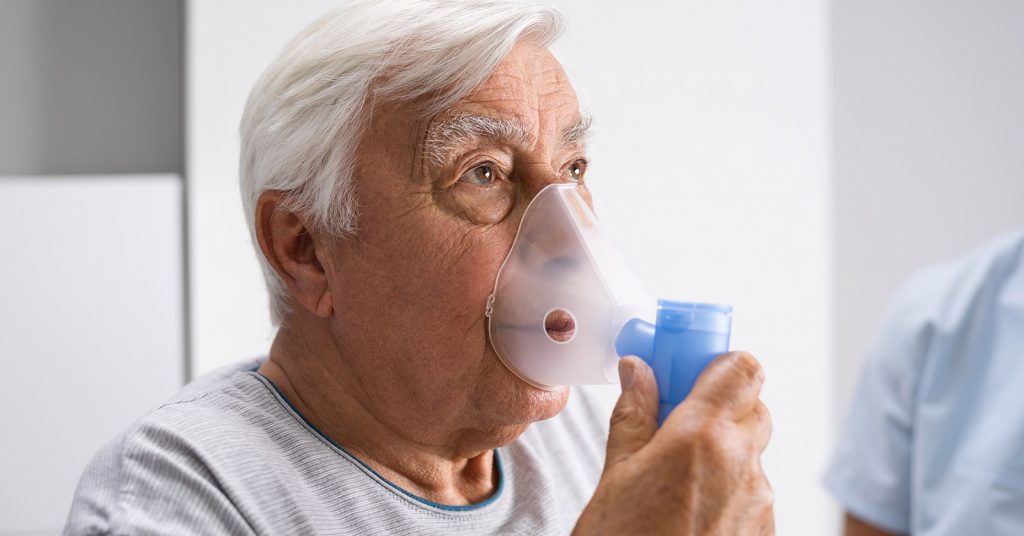
COPD is a chronic disease. Symptoms may worsen over time, leading to increased symptoms such as difficulty breathing and coughing. There are four stages of COPD, each with a different condition.
Stage 1 COPD is mild and often overlooked due to smoking habits or aging. Stage 1 COPD includes some decline in lung function, and although symptoms such as cough and fatigue are obvious, they can still be relieved.
Stage II COPD is moderate and usually presents with a chronic persistent cough and some shortness of breath, especially after activity or smoking. Wheezing may also begin during this stage, and daily activities often become tiring. Stage II COPD is the most common stage of diagnosis, and symptoms do not ease easily.
Stage III COPD is severe, and lung function is severely affected. People with stage 3 COPD experience significantly reduced airflow and frequent shortness of breath, as well as severe fatigue due to symptoms. Stage III COPD is also accompanied by more frequent COPD exacerbations (or flare-ups of symptoms).
Stage IV/End-stage COPD, considered very severe. At this point, quality of life is significantly affected. People with stage 4 COPD often experience symptoms even at rest. If added to physical labor, they may experience symptoms of low blood oxygen, such as headaches and swollen lower legs, as the body uses energy to obtain oxygen. Ultimately, low blood oxygen can lead to confusion, rapid heartbeat, blue lips and nails (also known as cyanosis), and more. At this point, medical intervention is required.
At what stage is oxygen therapy most likely to be required?
Typically, as COPD progresses, oxygen becomes more necessary. As the disease progresses, the patient's lung-damaging compounds and symptoms become more severe. Shortness of breath will become more frequent and severe as the patient progresses into the COPD stage. As shortness of breath gets worse, low blood oxygen levels become a more significant risk, and this is when oxygen therapy is most beneficial. Lack of adequate oxygen can lead to hypoxia and hypoxemia -- low levels of oxygen in tissues and blood -- which can cause many dangerous symptoms and, if left untreated, can be life-threatening. Supplemental oxygen to treat hypoxia and hypoxemia can help raise blood oxygen levels to healthy levels.
There is no specific stage of COPD when oxygen therapy is required. Instead, your doctor will track the severity of your symptoms and monitor your blood oxygen levels by regularly measuring your oxygenation with two tests. As a COPD patient, your doctor may perform pulse oximetry at each appointment. A pulse oximeter (or pulse oximeter) uses the frequency of light to measure the oxygen saturation in the blood, so it is an easy and non-invasive way to measure oxygen levels. With pulse oximetry, normal oxygen levels are between 95-100%, so below this value (especially below 90%) may indicate that you need an arterial blood gas (ABG) study . An arterial blood gas study measures the amount of oxygen in the blood oxygen and carbon dioxide levels and test the pH of your blood, which can give your doctor more information about how well your lungs are functioning. For ABG, blood must be drawn from an artery rather than a vein, but it provides excellent information in as little as 15 minutes. Normal blood oxygen levels for ABG should be between 75 and 100 mmHg. Your doctor can use these results to determine whether your lungs are taking in enough oxygen and expel carbon dioxide properly, and get a complete picture of your breathing function. If your ABG result is below 75 mmHg, your doctor will want to take a closer look at how and when your oxygen levels drop.
When did the pulmonologist decide to give oxygen therapy?
Once a patient's COPD has progressed to the point where persistent shortness of breath begins even with other conventional treatments, a pulmonologist may prescribe oxygen therapy for COPD patients with:
Oxygen saturation of 92% or less when breathing air
Experiencing severe airflow obstruction
experienced cyanosis
Low blood oxygen causes calf swelling
Increased concentration of hemoglobin in the blood (also called polycythemia)
Note that doctors reserve long-term oxygen therapy for patients who really need it, because once a patient starts long-term oxygen therapy, they may need it for the rest of their lives. Typically, patients are provided with long-term oxygen therapy for at least 15 hours per day. If patients tend to have worsening hypoxemia while sleeping, they may use oxygen therapy at night. Long-term oxygen therapy has well-documented benefits when used for at least 15 hours per day in COPD patients with severe and chronic hypoxemia, and has been shown to improve survival in these patients.
Oxygen therapy has been a key treatment for COPD patients for many years. Giving it at least 15 hours a day to patients with severe hypoxemia not only improves survival, but also helps improve the quality of life in COPD patients. Patients who experience frequent dyspnea or have difficulty or labored breathing often experience fear and anxiety associated with persistent dyspnea. Oxygen therapy can help relieve fear and anxiety by giving patients the oxygen they need to breathe easier, and ensuring they have access to oxygen when they need it.

